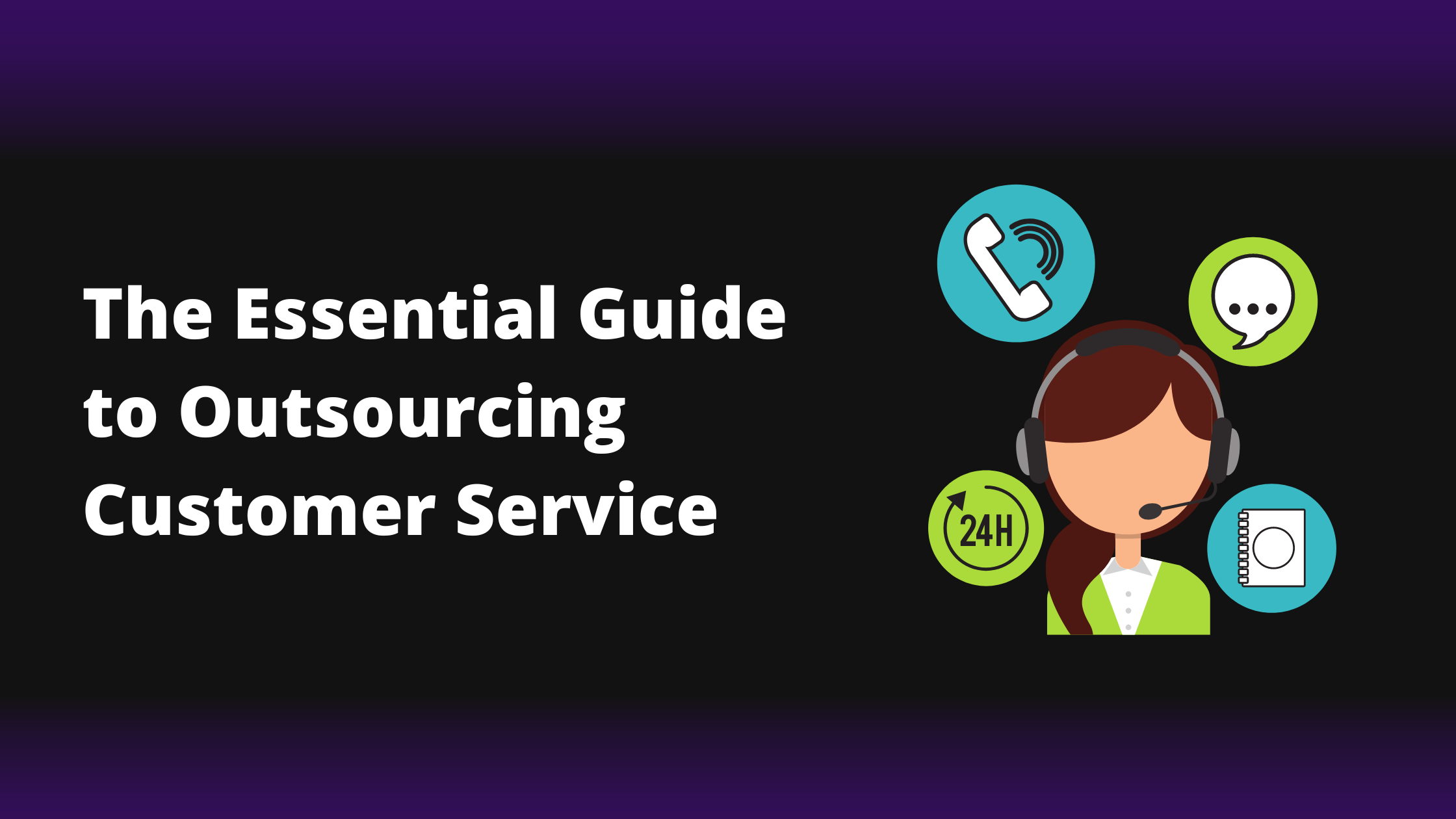In today’s fast-paced business world, customer service is becoming increasingly important. The customer experience has become a major factor in determining the success of a business, and organizations are increasingly outsourcing customer service to gain a competitive edge. Outsourcing customer service can help organizations provide better service, reduce costs, and increase customer satisfaction.
However, outsourcing customer service isn’t as simple as it sounds. There are numerous factors to consider when deciding whether or not to outsource customer service, as well as how to do it effectively. This guide will provide an overview of outsourcing customer service and the essential steps to take to ensure a successful transition.
What is Outsourcing?
Outsourcing is when a company hires an outside provider to perform a job that it would normally do itself. Outsourcing is becoming increasingly popular as companies look to save money, increase efficiency, and access specialized skills and knowledge.
There are several types of outsourcing, including offshoring, nearshoring, and onshoring. Offshoring is when a company outsources its operations to a foreign country. Nearshoring is when a company outsources operations to a neighboring country. Onshoring is when a company outsources its operations to a domestic provider.
Benefits of Outsourcing Customer Service
Outsourcing customer service can provide numerous benefits for organizations. By outsourcing customer service, organizations can access specialized skills and knowledge, reduce costs, and improve customer satisfaction.
- Specialized Skills and Knowledge: With customer service becoming increasingly important, organizations are looking for ways to gain a competitive edge. Outsourcing customer service allows organizations to access specialized skills and knowledge from experienced customer service professionals. These professionals can help organizations provide better service, increase customer satisfaction, and improve their overall customer experience.
- Reduced Costs: Outsourcing customer service can also help organizations reduce costs. By outsourcing customer service, organizations can leverage economies of scale and access lower costs than if they were to hire in-house customer service staff. This can help organizations save money and increase their profitability.
- Improved Customer Satisfaction: Outsourcing customer service can also help organizations improve customer satisfaction. By outsourcing customer service, organizations can access experienced customer service professionals who are trained to provide excellent customer service. This can help organizations provide better service and increase customer satisfaction.
Essential Steps to Take When Outsourcing Customer Service
When outsourcing customer service, there are several essential steps that organizations should take to ensure a successful transition.
- Determine Your Needs: The first step is to determine your customer service needs. This includes understanding what type of customer service you need and the type of customer service provider you should hire.
- Research Providers: Once you have determined your customer service needs, the next step is to research potential customer service providers. You should look for customer service providers that have experience in the industry and can provide the type of service you need.
- Evaluate Providers: After researching potential customer service providers, the next step is to evaluate them. You should look at their experience, reputation, and track record to determine if they are the right provider for you.
- Negotiate Terms: Once you have selected the right customer service provider, the next step is to negotiate the terms of the agreement. This includes discussing the length of the agreement, the cost of the service, and any other terms you want to include.
- Monitor Performance: After the agreement has been signed, you should monitor the performance of the customer service provider. You should review customer feedback, analyze customer service metrics, and track customer service trends to ensure that the customer service provider is meeting your needs.
Conclusion
Outsourcing customer service can provide numerous benefits for organizations, including access to specialized skills and knowledge, reduced costs, and improved customer satisfaction. However, outsourcing customer service isn’t as simple as it sounds. Organizations should take the essential steps outlined in this guide to ensure a successful transition.
By researching potential customer service providers, evaluating them, negotiating terms, and monitoring performance, organizations can ensure a successful transition and gain a competitive edge. If you have been looking for professional Customer Support, you can Outsource Customer Support from INSIDEA. For us building, high performing teams for our customers is the end goal. Contact us to explore more.










































